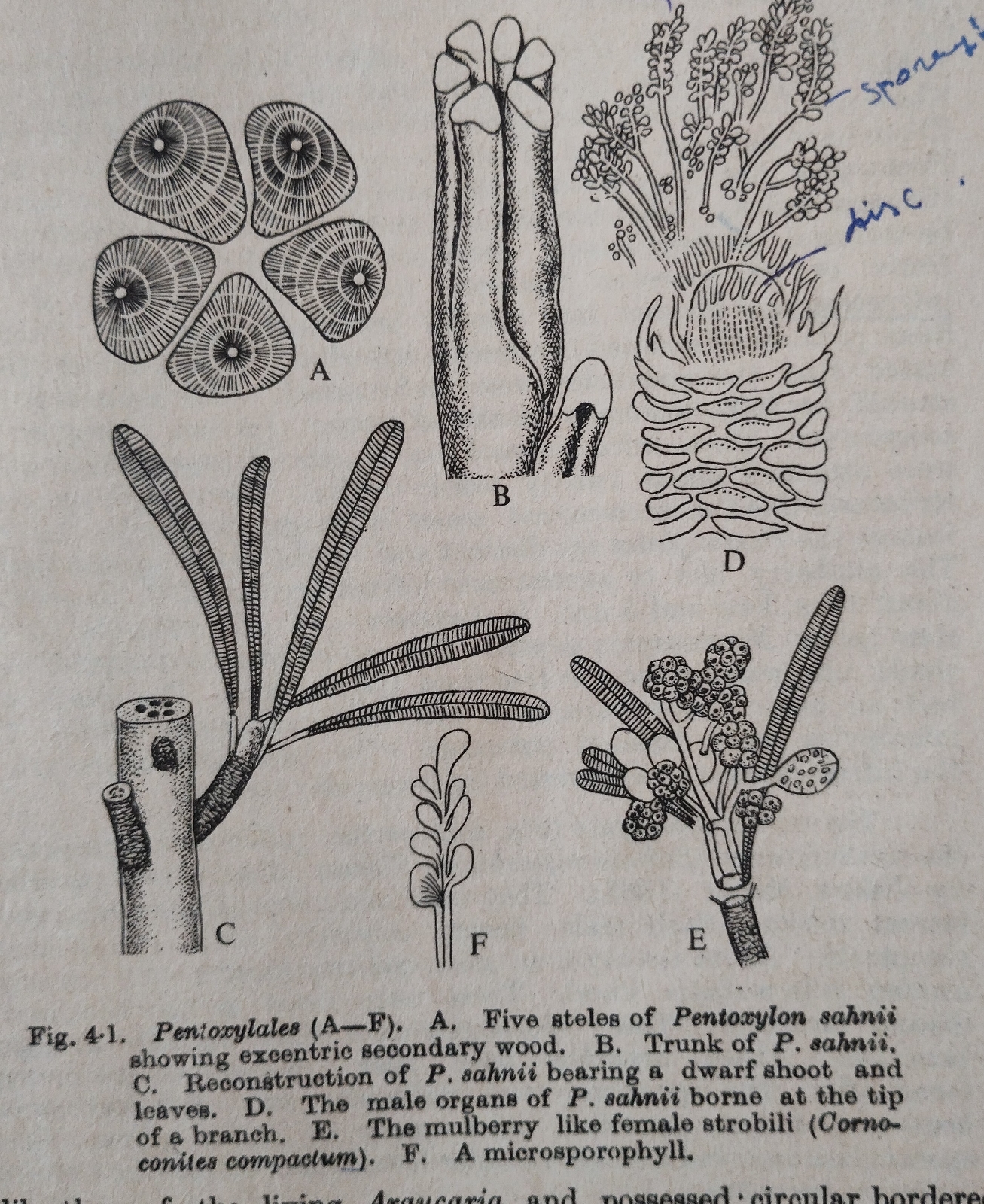Conidiophore of Penicillium
Penicillium reproduces asexually by means of conidia . A conidiophore is an erect , tubular hypha which arises from any cell of the mycelium. Conidiophore may be unbranched or branched .
Unbranched conidiophore :
(1) In case of P. spinulosum and P. thomii phialides are borne directly on the tip of each conidiophore .
(2) On each phialide chains of conidia are borne exogenously .
(3) In P. claviforme many conidiophores aggregated to form club-shaped structure coremium and conidia developed directly on them .
Branched conidiophore : In a large number of species like Penicillium digitatum ,P. expansum , P. vermiculatum etc primary ,secondary and tertiary branches are formed .
(i) Primary branch … Ramus
(ii) Secondary branch… Metula
(iii) Tertiary branch……. Sterigma or Phialide.
(a) Primary branches are formed at the tip of conidiophore.
(b) Secondary branches are formed at the end of each ramus.
(c) Tertiary branches are borne at the tip of each metula.
(d) Chains of conidia are formed exoenously at the tip of each sterigma .
A branched or unbranched conidiophore with phialides and chains of conidia appears as artist’s brush , and so termed as penicillus (L. Penicillium,small brush ) hence , the generic name Penicillium is given .
Conidia :A conidia is globose to ovoid in shape.According to Martinez et al. (1982) coniia are of six types :
Smooth walled ….7% of the species
Delicately roughened….13%
Warty…28%
Echinate …10%
Straite with low irregular ridges 36%
Straite with scarce high ridges and bars 6% .
Dispersal of conidia: At maturity conidia are dispersed by air and on suitable substratum and condition germinate to form mycelium.




Beautifully and standardly explained... thank you Sir
ReplyDelete